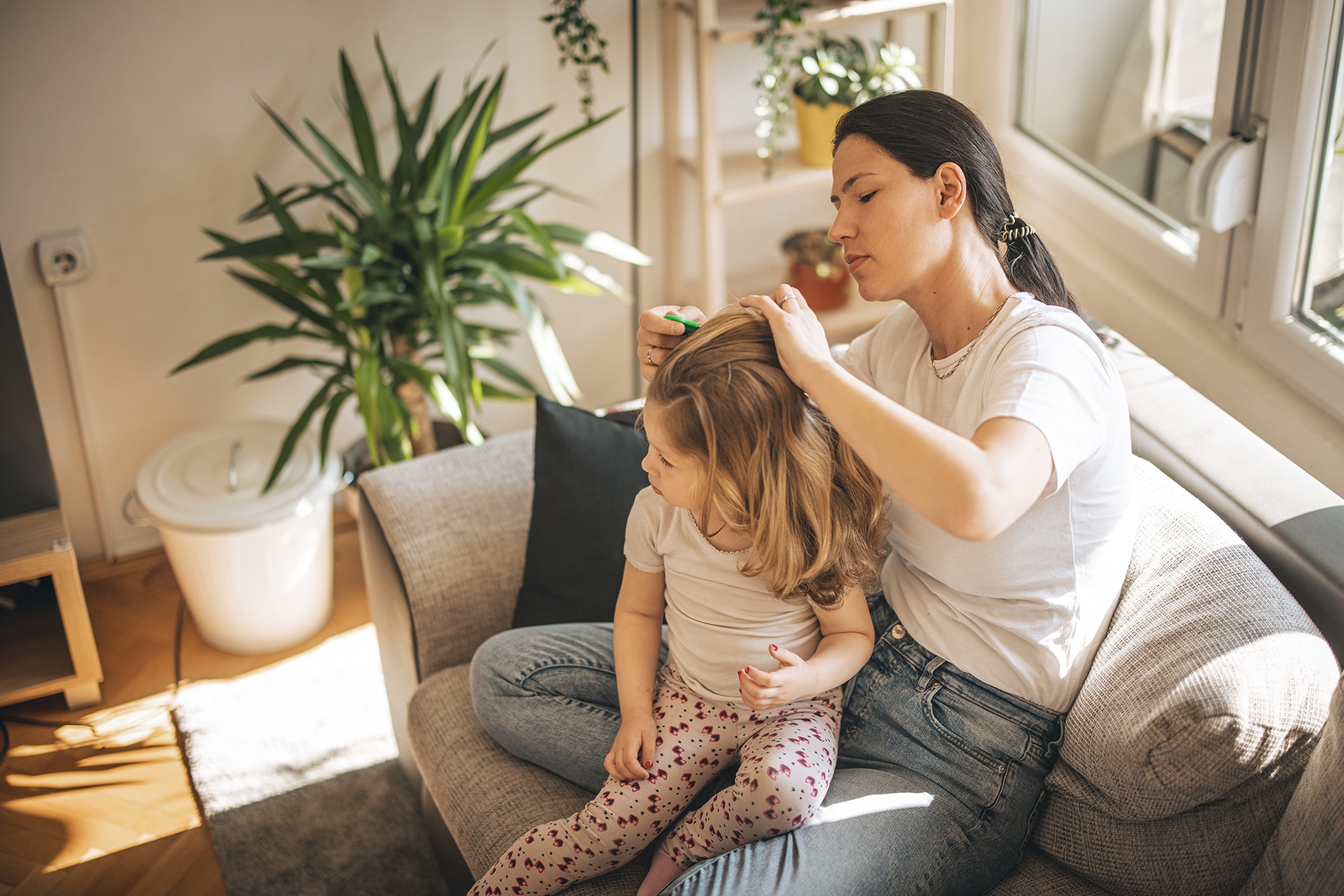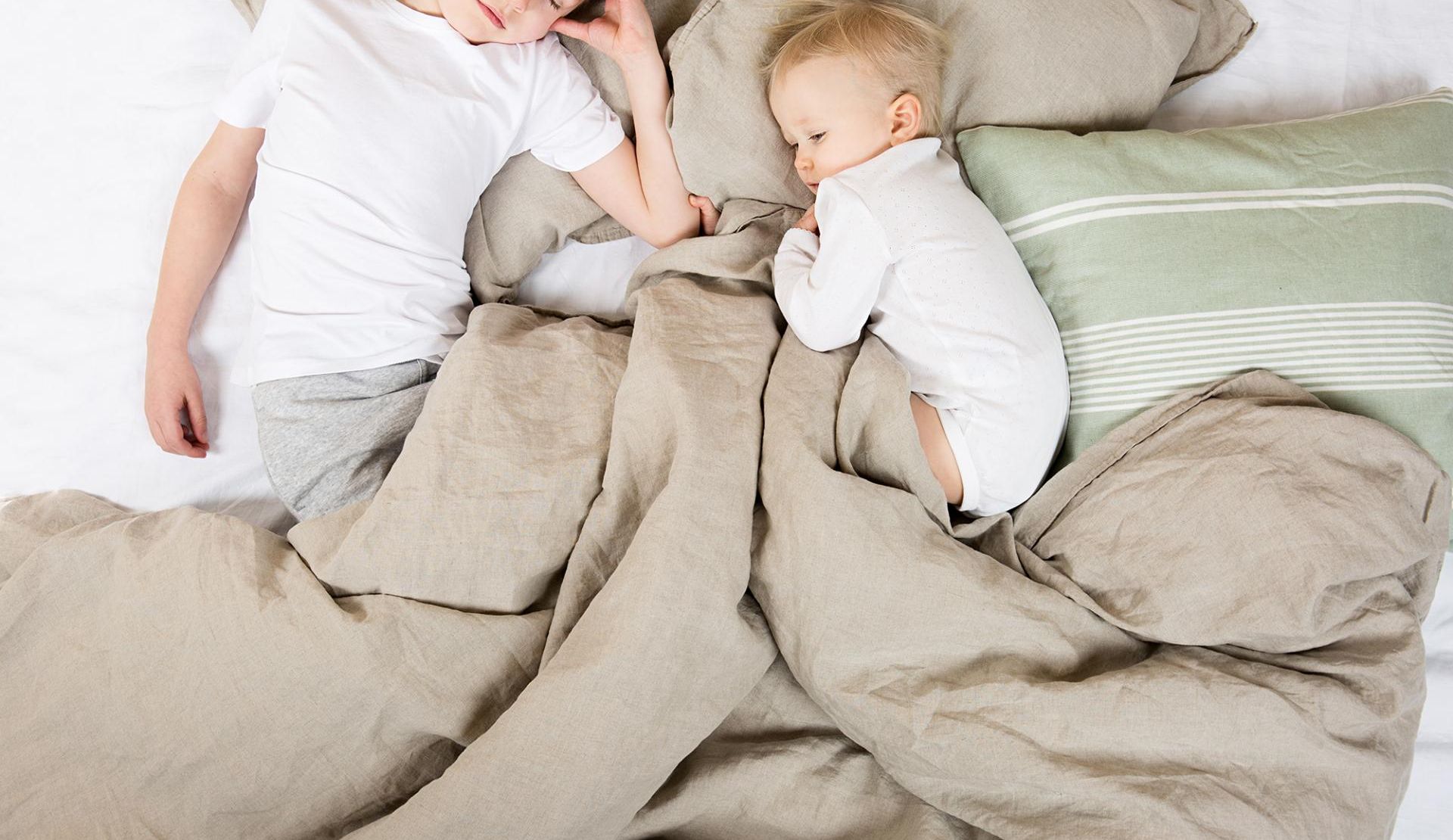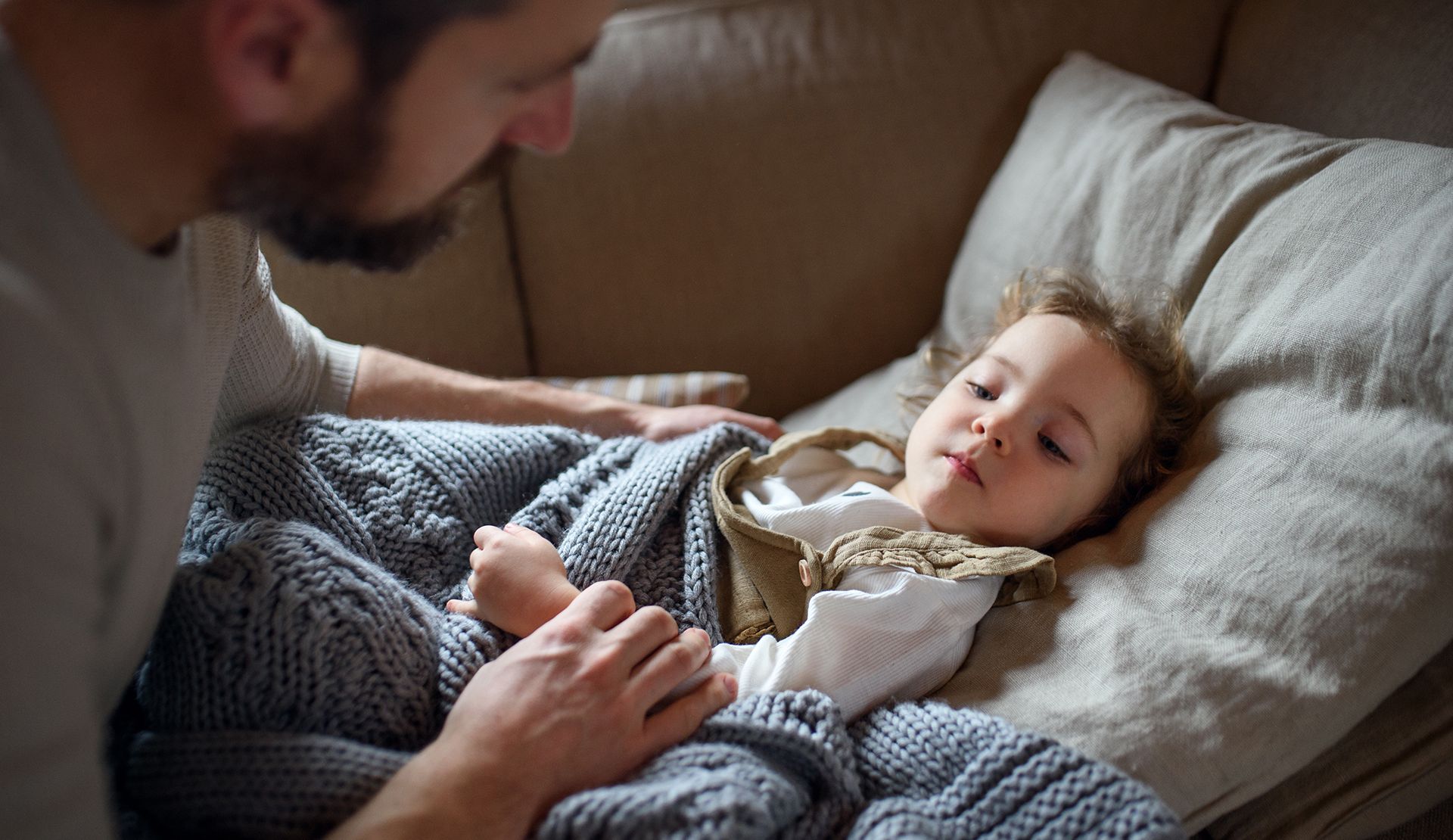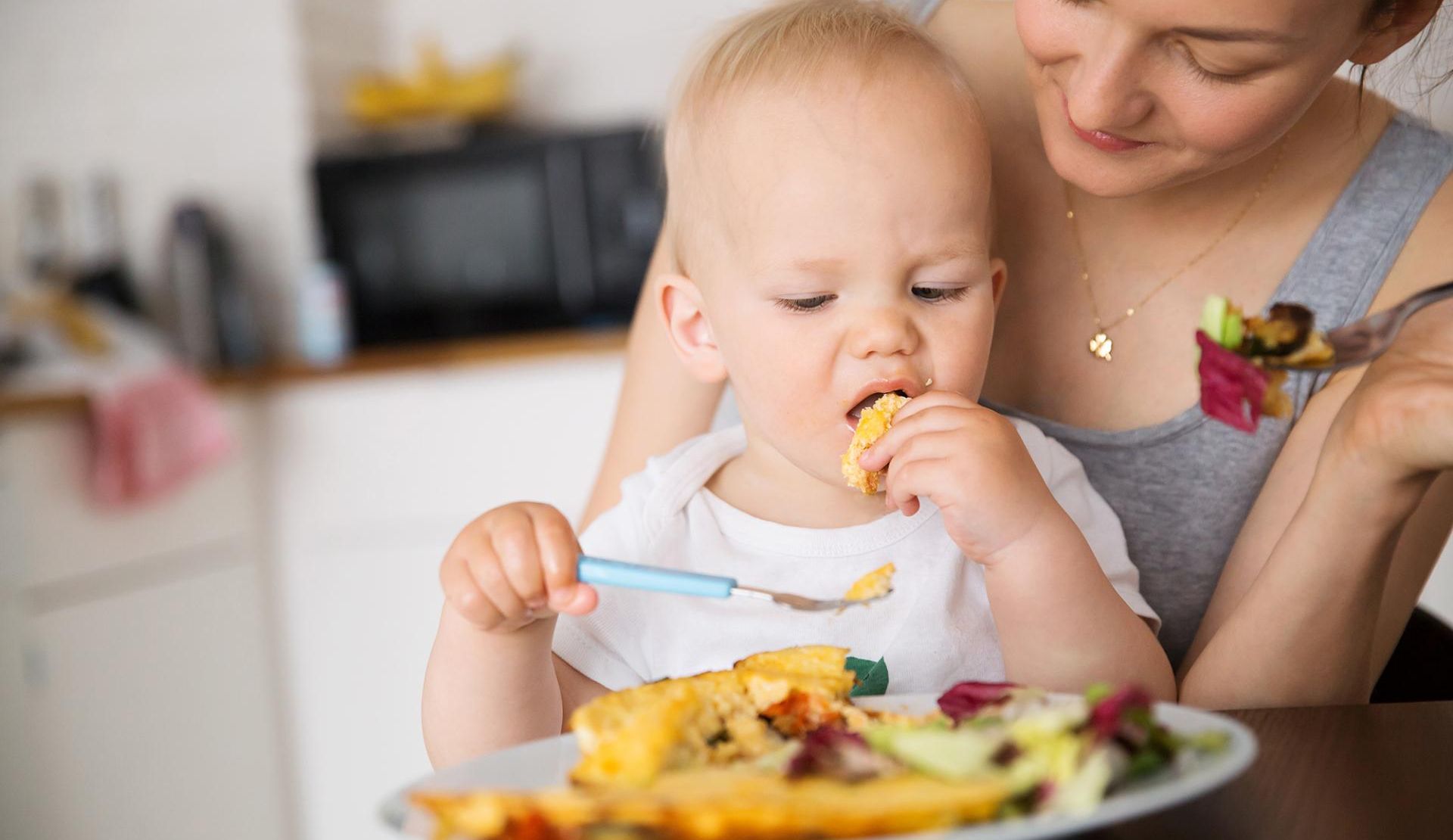
Head lice – if getting rid of head lice is not possible at home, you can seek help from a doctor
Specialist in the article
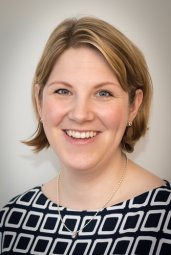
Revised 11/16/2023
Usually, lice can be eliminated at home, but if the child's scalp is infected by scratching or the lice do not leave despite attempts, you can get help from our specialists.
Basic facts about head lice
- Anyone can get head lice – they are not a sign of poor hygiene.
- Lice can usually be eliminated with a lice comb and lice shampoo and by cleaning and washing textiles which have been in contact with the head.
- When home remedies for lice do not work or the symptoms become more difficult, ask for advice conveniently from the Digital Clinic.
Services
Lice are a familiar thing for our paediatricians – they can help you get rid of lice and the skin symptoms caused by scratching.
Book an appointment with a paediatricianOur general practitioners can also help with your family's lice problems.
Book an appointment with a general practitionerYou can always consult a dermatologist if your child has a severe dermatitis.
Book an appointment with a dermatologistDo you have questions about head lice? Our Digital Clinic is a quick and easy way to get answers.
Remote appointments can be used to treat symptoms and diseases that do not require a physical examination.
Go to Digital ClinicConsult the Digital child health clinic to ask questions about your child’s care or parenting. Qualified midwives and nurses provide support 24/7, either for a one-time fee or a fixed monthly fee.
Learn more about the Digital child health clinicHead lice – this is how you can detect that the child has lice
Tiny lice and nits are visible to the naked eye, but it can be difficult to detect lice from the hair. It is therefore advisable to check the child's head with a comb section by section.
Detection of lice – signals that reveal lice:
- Tickling in head and child scratching their head
- Light-coloured nits, or louse eggs, clinging to the hair shafts, resembling grains
- A couple of millimeters long, moving dark spots, that is, adult lice at the roots of the hair
- Light, empty louse eggshells that move farther away from the scalp as the hair grows
- Small, red spots, that is, lice bites on the child's scalp
- Irritated scalp resulting from severe scratching
Lice elimination at home
Head lice are a common nuisance for families with children, and a child having lice does not in any way mean poor care or inadequate hygiene. Anyone can get lice.
Full elimination of lice is usually successful at home, as long as you follow the instructions carefully:
- Check the heads of all family members for lice. Threat those who have symptoms.
- Comb the hair to eliminate living lice with a lice comb and remove most of the louse eggs from the hair. Be thorough and comb the hair when it is dry or damp, while going through the hair section by section every other day during a period of approximately two weeks. Apply conditioner to hair for easier combing.
- Wash your hair with lice shampoo – you will find numerous different lice shampoos in the pharmacy. Use lice shampoo abundantly and strictly follow the instructions on the package. Repeat the treatment in about a week.
- Replace bedding and wash at least 60 degrees Celsius.
- Wash hats, hair loops, bedtime toys and other textiles that have been in contact with the head at least 60 degrees Celsius. If washing is not possible, put them in the freezer for 24 hours or in a hot sauna for a couple of hours. Alternatively, you can put the items into a plastic bag and let them be in the bag for a couple of days.
- Prevent the spread of lice by notifying the day care centre or school as well as the parents of the children's friends of your child’s lice infestation.
Head lice – the doctor will help in these situations
Lice are embarrassing but harmless, and fortunately, lice can usually be eliminated at home.
However, consult your doctor if:
- persistent and diligent elimination attempts are not paying off. Lice can also be eliminated with oral ivermectin which requires a special permit.
- scratching the scalp causes skin inflammation in the child, such as impetigo. Treatment may require antibiotics.
Head lice – there are preventative measures
Lice spread easily in close contacts. There is no need to limit children's play due to the fear of lice, but there are some steps that can be taken to prevent lice from moving from one head to the other:
- Remember that hats, hair loops, brushes and combs are personal items.
- Tuck your hat into the sleeve of the jacket, so that lice will not spread in the coat racks of day care centres and schools.
- Keep your hair short, plait your long hair or use ponytails.
- Try a lice prevention shampoo or spray to avoid lice when lice are on the move in a day care centre or school. Products can be found in the pharmacy.
The specialist for this was Paediatrician Ilona Kervinen.
Prices for appointments with specialists, such as gynaecologists, dermatologists, cardiologists, orthopaedists and ophthalmologists, can be found in our appointment booking service.
| Service | Price estimate |
|---|---|
| Appointment with a specialist, 20 min Price per appointment. | from 99,80 € Without Kela reimbursement from 129,80 € |
| Appointment with a specialist, 30 min Price per appointment. | from 114,80 € Without Kela reimbursement from 144,80 € |
| Appointment with a specialist, 45 min Price per appointment. | from 142,80 € Without Kela reimbursement from 172,80 € |
| Gynaecologist's appointment, 20 min | from 69,80 € Without Kela reimbursement from 139,80 € |
| Gynaecologist's appointment, 30 min | from 74,80 € Without Kela reimbursement from 144,80 € |
| Dermatologist's appointment, 20 min | from 117,70 € Without Kela reimbursement from 147,70 € |
| Dermatologist's appointment, 30 min | from 127,80 € Without Kela reimbursement from 157,80 € |
| ENT doctor's appointment, 20 min | from 112,80 € Without Kela reimbursement from 142,80 € |
| ENT doctor's appointment, 30 min | from 133,80 € Without Kela reimbursement from 163,80 € |
| Paediatrician's appointment, 20 min | from 115,20 € Without Kela reimbursement from 145,20 € |
| Paediatrician's appointment, 30 min | from 134,80 € Without Kela reimbursement from 164,80 € |
| Orthopaedist's appointment, 20 min | from 111,80 € Without Kela reimbursement from 141,80 € |
| Orthopaedist's appointment, 30 min | from 133,80 € Without Kela reimbursement from 163,80 € |
| Appointment with a psychiatrist, 45 min Price per appointment. | from 109,80 € Without Kela reimbursement from 159,80 € |
| Appointment with a psychiatrist, 60 min Price per appointment. | from 120,80 € Without Kela reimbursement from 180,80 € |
| Ophthalmologist's appointment, 30 min | from 127,80 € Without Kela reimbursement from 157,80 € |
| Ophthalmologist's appointment, 45 min | from 138,80 € Without Kela reimbursement from 168,80 € |
Related symptoms
Children's sleep problems are manageable – a pediatrician supports the whole family
Ear infection in children and babies
Fever in children – our doctor can help if home remedies do not work or the fever persists
Hand, foot and mouth disease in children
Looking to get rid of pinworms? If eradication is not successful, our doctor will help
Meningitis in children and babies—how to recognise alarming symptoms
Mononucleosis – uncomfortable symptoms and fatigue can make life difficult for a long time
Other related services
Dental check-up for children and young people
Specialist dental check-up visit for children and adolescents.
Paediatric physiotherapy
Rehabilitation provided by a physiotherapist that aims to promote the child's functional capacity and mobility.
Vaccinations for babies and children – Frequently asked questions
Frequently asked questions about head lice
The persistent head lice thrive at the base of the hair, near the scalp, from which it sucks blood for nourishment.
Lice can move from one head to another in close contact or travel with a hat, hair loop or brush.
The lice are translucent insects with a length of two to three millimetres. Newly hatched lice, or nymphs, are light-coloured and translucent. When the louse sucks blood, its colour turns dark.
Female lice lay eggs, that is, nits, at the root of the hair, especially on the neck, behind the ears and on the temples.
Louse eggs are light brownish, grain-like eggs of less than a millimetre in size. They are distinguished from dandruff by the fact that they are firmly attached to the base of the hair and do not move.
Empty louse eggshells get stuck in the hair and move away from the scalp due to hair growth. Light-coloured shells can still be found in the hair even after the lice have been successfully eliminated.
The first symptom cause by lice is itching of the scalp. There might also be red, dotted lice bite marks in the scalp.
Usually, lice and louse eggs can be seen at the root of the hair, when the hair is checked section by section.
When the child has lice, the head itches. The intensity of the itching varies.
Lice must be eliminated quickly, as lice multiply rapidly.
Check the hair of all family members and treat any symptoms.
Eliminate lice with a self-care product from the pharmacy. Follow the instructions on the package and repeat the treatment in about a week.
Replace bedding and wash them at 60 degrees Celsius. Wash also hats, hair loops and soft toys which have been in contact with the head. Alternatively, you can freeze them for 24 hours, put them in a sauna which is heated above 80 degrees Celsius or set them aside for a couple of days.
Report the lice to the day care centre, school and the child's friends so that the lice will not spread.
The lice die in freezing temperatures in less than a day.
